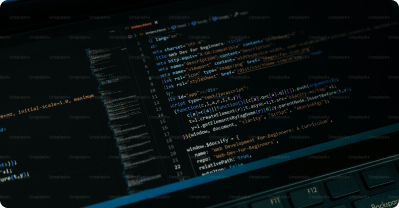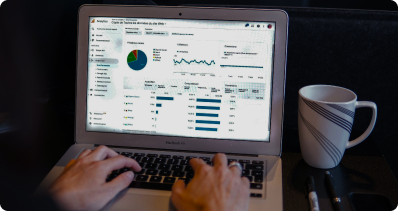Navigate
Data Analytics Tutorial for Beginners
Data Science Tutorial for Beginners
Statistics Tutorial for Beginners
Power BI Tutorial
Excel Tutorial for Beginners
Tableau Tutorial
Steps in Data Analysis:
Steps in Data Analysis:
- Define the Question: Determine what you want to find out. A clear question helps focus your analysis and ensures you collect the relevant data.
- Collect Data: Gather the relevant data from various sources. This could include databases, surveys, or logs.
- Clean the Data: Remove any errors, duplicates, or inconsistencies in the data. Data cleaning is important to ensure accurate analysis.
- Analyze the Data: Use statistical methods and tools to find patterns, trends, and insights in the data. This can include calculations, statistical tests, and modeling.
- Interpret the Results: Draw conclusions from the analysis. Determine what the data tells you about the question you defined.
- Communicate Findings: Share the insights with others through reports, dashboards, or presentations. Effective communication ensures that the findings are understood and actionable.
Common Techniques
- Descriptive Statistics: Includes measures like mean (average), median (middle value), mode (most frequent value), and standard deviation (measure of spread).
- Data Cleaning: Involves handling missing values, removing duplicates, and correcting errors.
- Data Transformation: Converting data into a usable format, such as normalizing data or converting text to numerical values.
- Exploratory Data Analysis (EDA): Summarizing the main characteristics of data using visual methods like histograms, box plots, and scatter plots.
Example
You have a dataset of customer feedback scores. Using descriptive statistics, you can calculate the average score, identify the most common score, and find the spread of scores.
Activity
Collect a small dataset (e.g., daily temperatures for a week) and calculate the mean, median, and mode.
Quiz
1. What is the mean of the dataset {2, 4, 6, 8, 10}?
- a) 4
- b) 5
- c) 6
- d) 7
2. True or False: The median is the value that appears most frequently in a dataset.
- a) True
- b) False
3. What does a correlation coefficient close to 1 indicate?
- a) No correlation
- b) Weak negative correlation
- c) Strong positive correlation
- d) Strong negative correlation
4. Which method can be used to visualize the distribution of data?
- a) Line graph
- b) Pie chart
- c) Histogram
- d) Bar chart
5. What type of analysis involves summarizing the main features of a dataset?
- a) Inferential
- b) Predictive
- c) Descriptive
- d) Prescriptive
Unlock Expert Career Advice For Free





